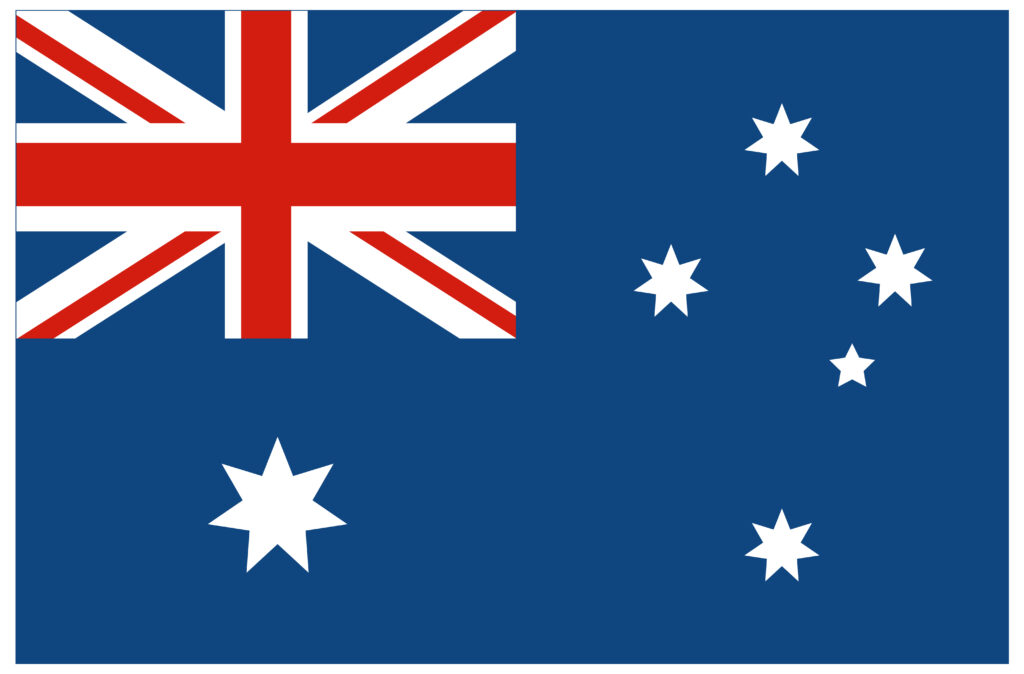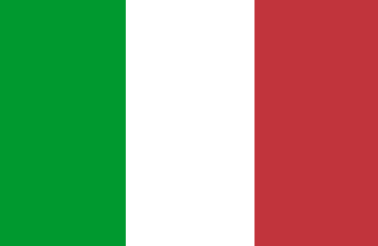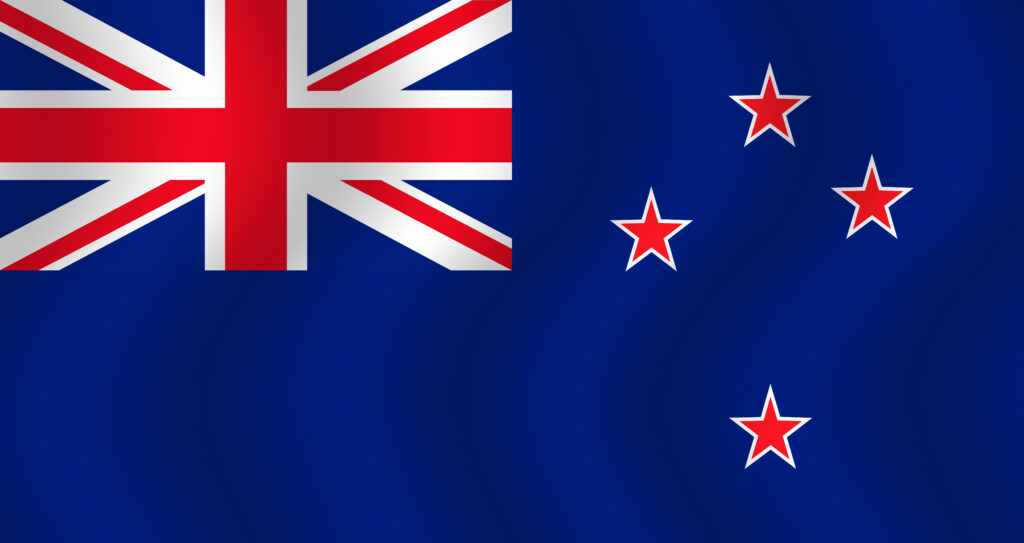Countries
Australia, officially the Commonwealth of Australia, is a vast country located in the Southern Hemisphere, comprising the mainland of the Australian continent, the island of Tasmania, and numerous smaller islands. Known for its diverse landscapes ranging from tropical rainforests in the north to arid deserts in the interior, and temperate regions in the south, Australia boasts unique wildlife such as kangaroos, koalas, and the platypus. Its major cities, including Sydney, Melbourne, Brisbane, Perth, and Adelaide, are vibrant hubs of culture and economy.
Canada, the second-largest country in the world by land area, is located in the northern part of North America and is bordered by the USA to the south, the Atlantic Ocean to the east, the Pacific Ocean to the west, and the Arctic Ocean to the north. It is renowned for its vast, unspoiled natural landscapes, including forests, mountains, and lakes, as well as its multicultural cities like Toronto, Vancouver, Montreal, and Ottawa, the capital.
The United States of America (USA), located in North America, is a federal republic comprising 50 states, a federal district, and several territories. It is bordered by Canada to the north, Mexico to the south, the Atlantic Ocean to the east, and the Pacific Ocean to the west. With a diverse landscape that includes everything from arctic tundra in Alaska to tropical beaches in Florida, the USA is also home to iconic landmarks such as the Grand Canyon, Yellowstone National Park, and the Statue of Liberty.
Germany, located in central Europe, is a country known for its rich history, cultural heritage, and economic prowess. Bordered by nine countries, it plays a pivotal role in the European Union. Germany’s landscape includes the Bavarian Alps, the Black Forest, and the Rhine River, contributing to its scenic beauty. Major cities like Berlin, Munich, Hamburg, and Frankfurt are hubs of culture, industry, and finance. Germany has a complex history, including its role in both World Wars and its division and reunification in the 20th century.
Italy, located in southern Europe on the Italian Peninsula, is a country steeped in history, culture, and art. Known for its rich historical heritage as the heart of the Roman Empire and the birthplace of the Renaissance, Italy is home to numerous UNESCO World Heritage sites, including the Colosseum, the Leaning Tower of Pisa, and the canals of Venice. Its capital, Rome, is a vibrant city that showcases the country’s historical grandeur alongside modern advancements.
New Zealand, an island nation in the southwestern Pacific Ocean, is renowned for its stunning natural landscapes, including majestic mountains, rolling green hills, and pristine beaches. Comprised of two main islands, the North Island and the South Island, along with numerous smaller islands, New Zealand offers diverse scenery from the geothermal wonders of Rotorua to the fjords of Milford Sound. The country is home to a rich cultural heritage, combining the traditions of the indigenous Māori people with influences from British colonization, which began in the 19th century.
Europe, a continent rich in history, culture, and diversity, is located in the northern hemisphere and is bordered by the Atlantic Ocean to the west, Asia to the east, the Mediterranean Sea to the south, and the Arctic Ocean to the north. It encompasses a wide variety of countries, each with its own distinct heritage and traditions, from the artistic legacy of Italy and the architectural splendor of France to the technological advancements of Germany and the scenic beauty of Scandinavia.








